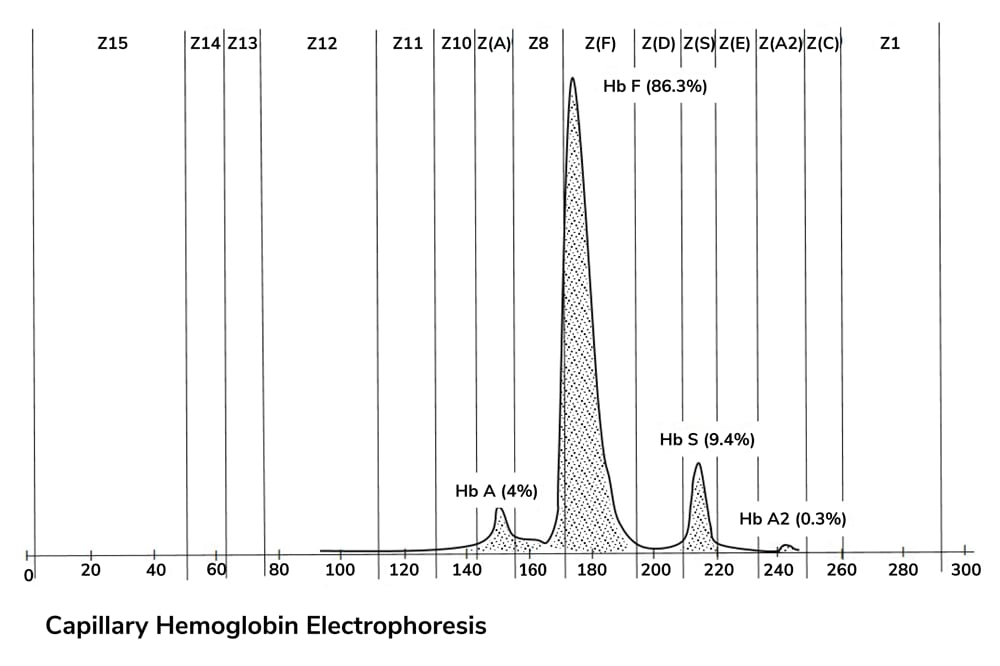What are myokines?
Most pathologist fully understand cytokines and lymphokines – but how many of you have heard of myokines?
These unique molecules are a type of cytokine – that is, multifunctional, low-molecular-weight proteins or proteoglycan peptides secreted into the circulation by contractile skeletal muscle cells. Bente Pedersen and colleagues at the University of Copenhagen initially discovered these secreted proteins and, in 2003, proposed calling them myokines (1).
Some myokines are, in fact, interleukins (for instance, IL-6 and IL-15); others, such as myostatin, are produced almost exclusively by muscle cells. The best-known myokines are myonectin, decorin, irisin, and osteonectin.
What are they good for? Some act on fat cells; others promote muscle hypertrophy. Still others inhibit the proliferation of tumor cells, which may account for the rarity of cancer metastases in skeletal muscles.

References
- BK Pedersen et al., J Muscle Res Cell Motil, 24, 113 (2003). PMID: 14609022.




